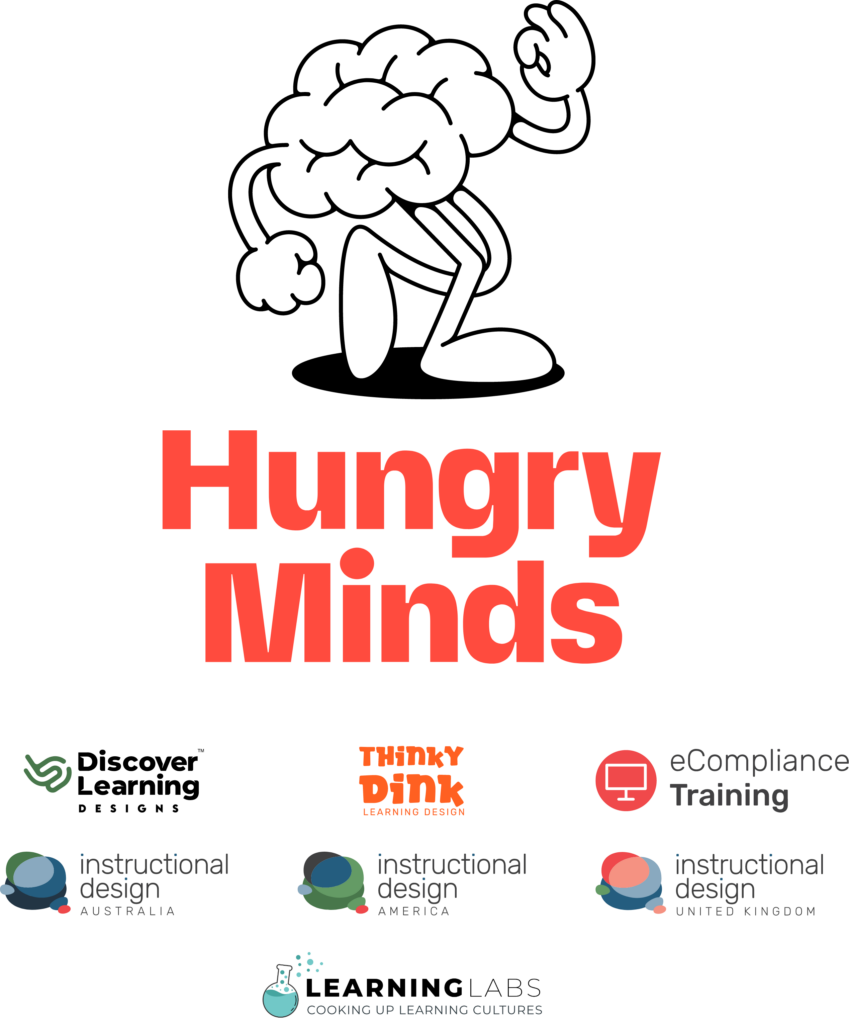Learning campaigns
The science-backed way to make learning unforgettable
Most workplace learning programs are one-and-done affairs. A single session of information overload—out of context and easy to forget.
But that’s not how people learn best.
Hungry Minds learning campaigns flip the script. Our learning programs deliver actionable learning in strategic bursts, which:
- Keeps learning top-of-mind
- Boosts retention
- Turns learning into action

Get a quote from us!
Why learning campaigns work
We know how people learn, so we take a smarter approach. That means our learning programs reinforce knowledge over time—so it actually sticks. Here’s what that looks like:

Retention
Spaced-out content and real-world practice help lock in key concepts.

Engagement
Interactive formats keep learners switched on instead of checking their emails.

Action
Learners don’t just absorb info. They apply it and embed it into daily work.
Multi-touch experiences bring learning to life
We build multi-touchpoint learning experiences that mix up formats, reinforce knowledge, and make training stick.
Here’s how we drip-feed knowledge (so it doesn’t fade):
- Microlearning modules: Bite-sized sessions are easy to absorb over time
- Scenario-based learning: Scenarios and simulations drive application
- Knowledge nudges: Follow-up quizzes, challenges, and spaced reminders
- Multimedia assets: Infographics, videos, podcasts, and digital job aids reinforce key messages
Real world application for lasting impact
Training only works if people can apply it. Learning campaigns encourage:
- Practice and reflection – So learners can implement what they’ve learned
- Coaching and feedback – Real-time support to reinforce correct behaviors
- Progress tracking and insights – Data-driven adjustments for continuous learning and improvement
More learning. Less forgetting.
This isn’t our first rodeo—we’ve been designing sticky, strategic learning experiences since 2009. And we embed learning into daily workflows so it becomes second nature.
Learning campaigns are just one piece of the puzzle. At Hungry Minds, we help organisations create continuous learning experiences that actually work—long after the session is over.
Hungry for learning that sticks?
Let’s design a learning campaign that builds skills, drives change, and delivers real results.
Give us a bell on 1300 162 393 for a no-obligation chat.
Fill in the form here, and we’ll get straight back to you.
WORD ON THE STREET
FAQS
It depends—there are a bunch of variables when it comes to video, like production quality, length, and style. But here are some examples:
Animated video (Vyond): From $1,050 ex GST for 30 seconds
2D animation (90 seconds): From $5,500 ex GST
2D animation (3 minutes): From $8,500 ex GST
Live action shoot and edit:
- Half-day shoot: $5,500 ex. GST
Includes up to 3 minutes of finished video, ideal for short interviews, demonstrations, or instructional videos.
- Full-day shoot: $8,500 ex GST
Includes up to 3 minutes of finished video, suitable for more comprehensive content that requires a full day of shooting.
Start with what matters. At Hungry Minds, we design learning programs by getting curious: -What are the business goals?
-What do learners need to do, not just know?
From there, we map the strategy, design the content, build engaging experiences, and track what’s working. The result? A learning program that’s smart, scalable, and actually sticks.
There’s no one-size-fits-all when it comes to learning. Depending on your goals, your program might include:
-Onboarding programs for new hires
-Compliance training for must-know policies
-Capability-building programs to upskill teams
-Leadership development to support future-ready leaders
-Blended or digital learning programs with a mix of formats
We’ll help you design the right mix for your people and your purpose.
A great learning program goes beyond a slideshow and a smile. You’ll want:
- A clear learning strategy
- Measurable objectives
- Content that’s engaging and relevant
- Touchpoints that reinforce learning over time
That might include microlearning, real-world practice, coaching, feedback, and progress tracking. Basically, the ingredients for learning that lands—and lasts.
CASE
STUDIES
Case Study: SMCT Equipment Safety
Case Study: The MacKillop Institute
Case Study: Community Housing (CHIA Vic)
Turn learning into lasting change
Give us a bell on 1300 162 393 for a no-obligation chat. Phone calls not your vibe? Fill in the form below and we’ll hit you back, fast.
HUNGRY MINDS BLOG
FOOD
FOR THOUGHT
5 questions smart teams ask to avoid digital learning mistakes
Digital learning engagement starts with the user (and great UX)
Get the most from your eLearning tools with smart design
WHO WE WORKED WITH



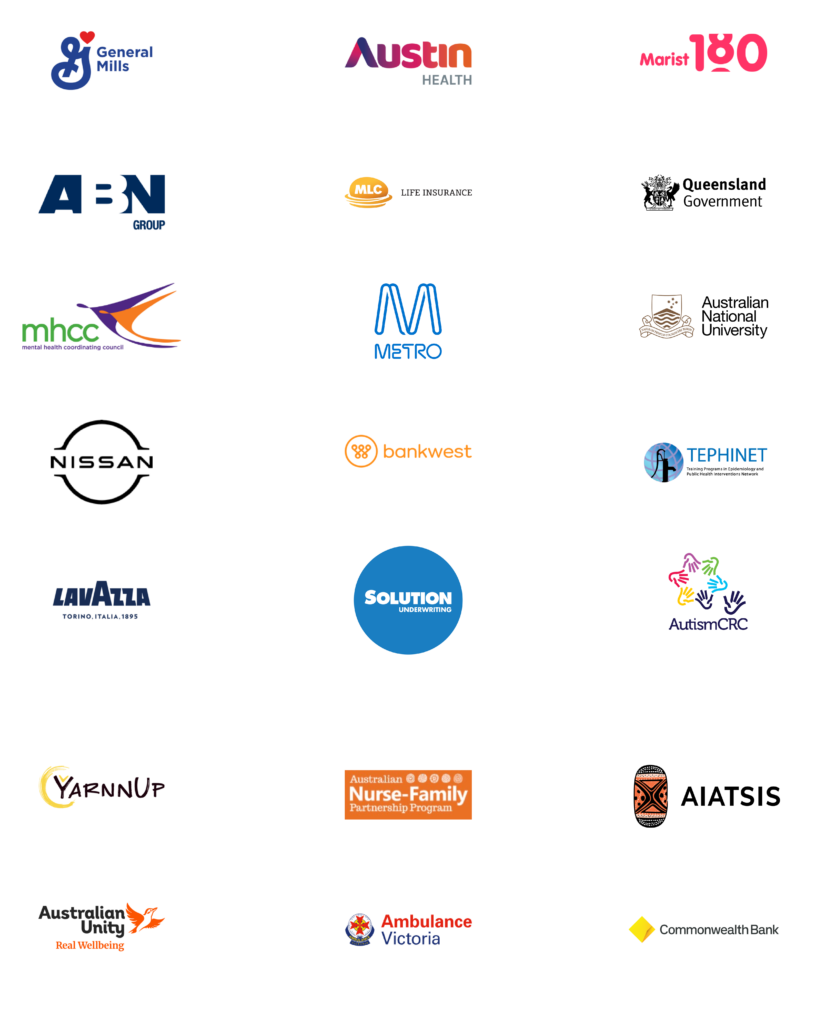
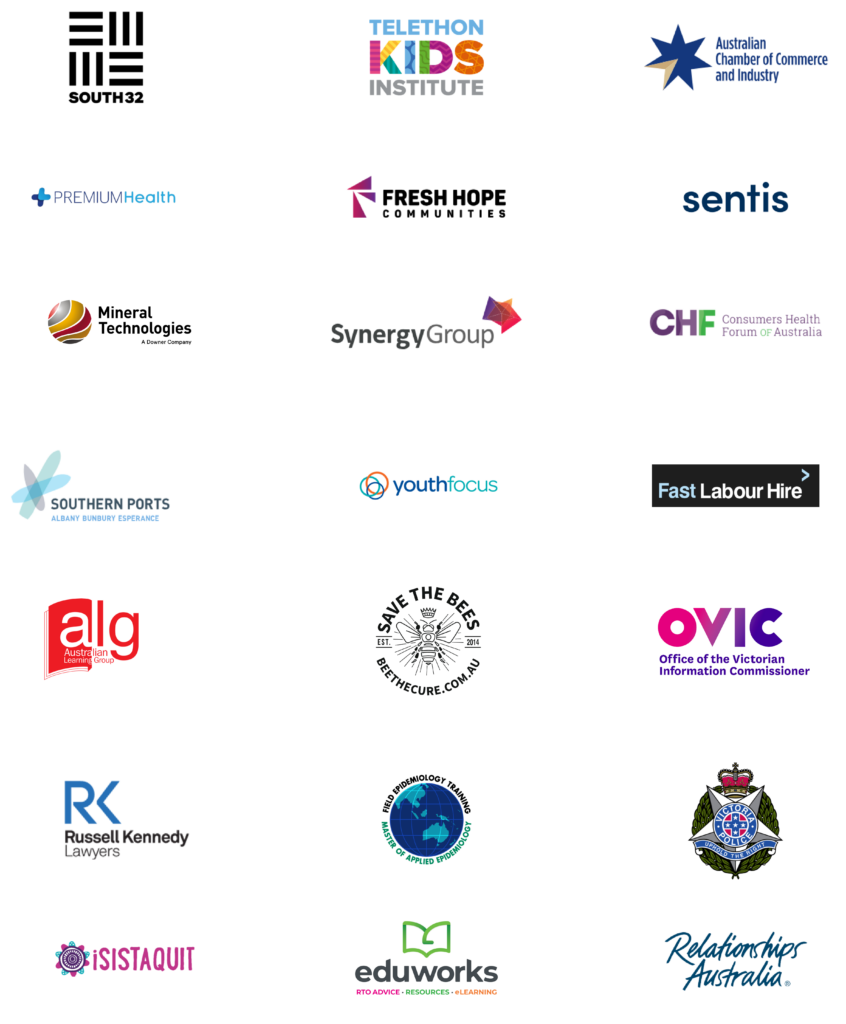
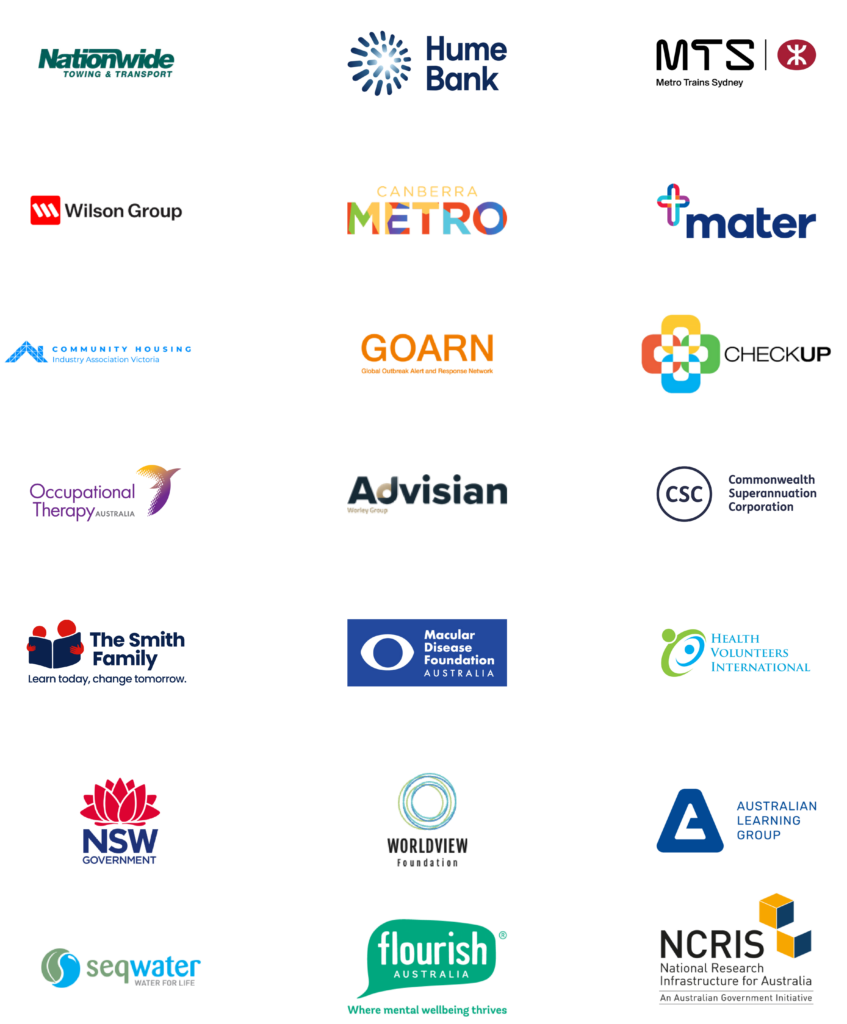
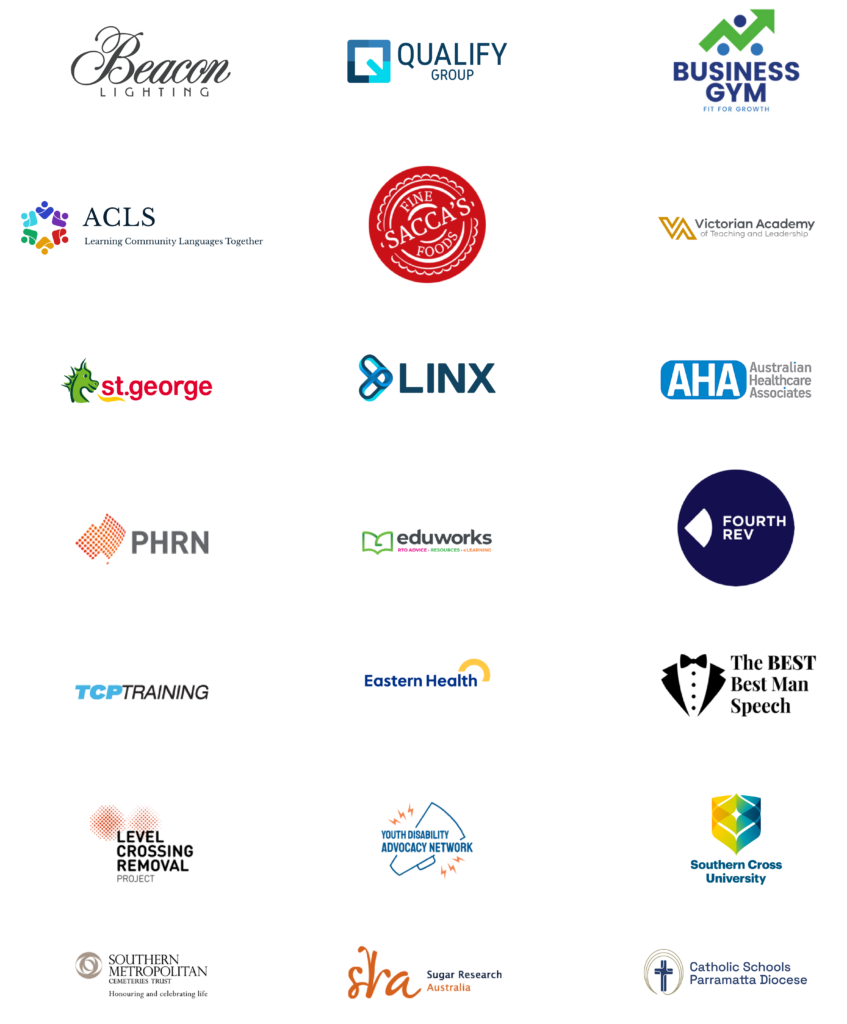
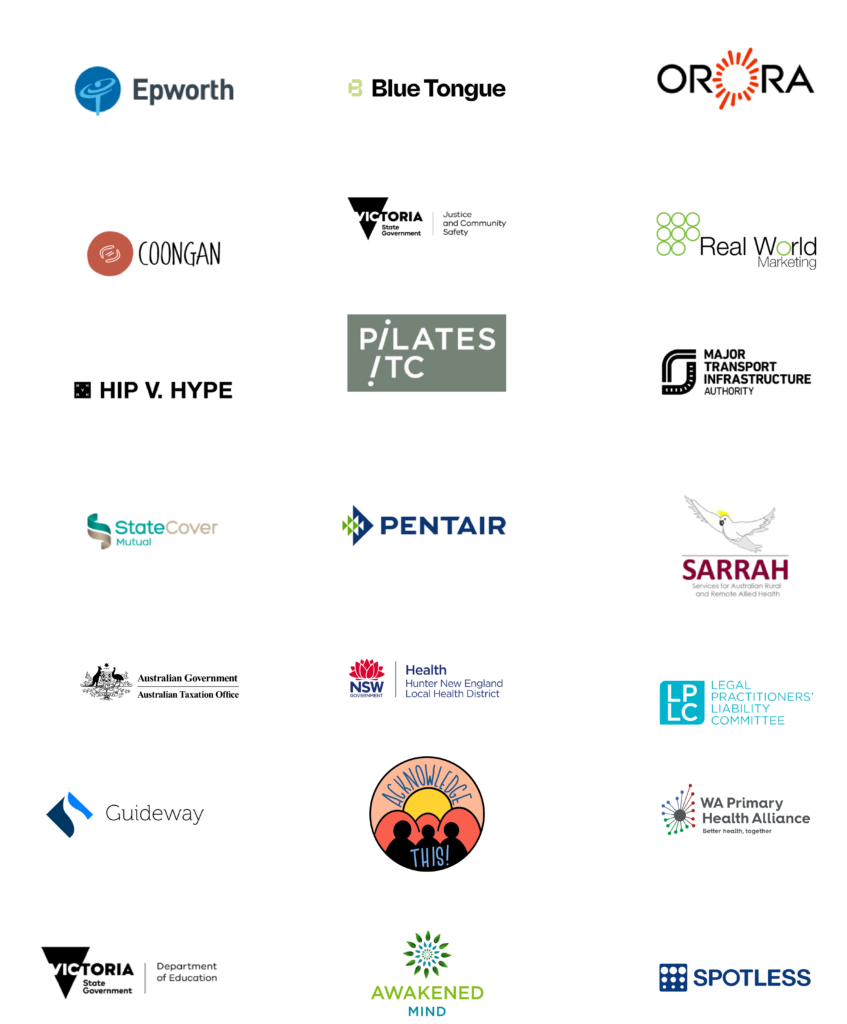
LEARNING
PICK ‘N MIX
We’ve got all the ingredients to make your learning program deliciously effective.






